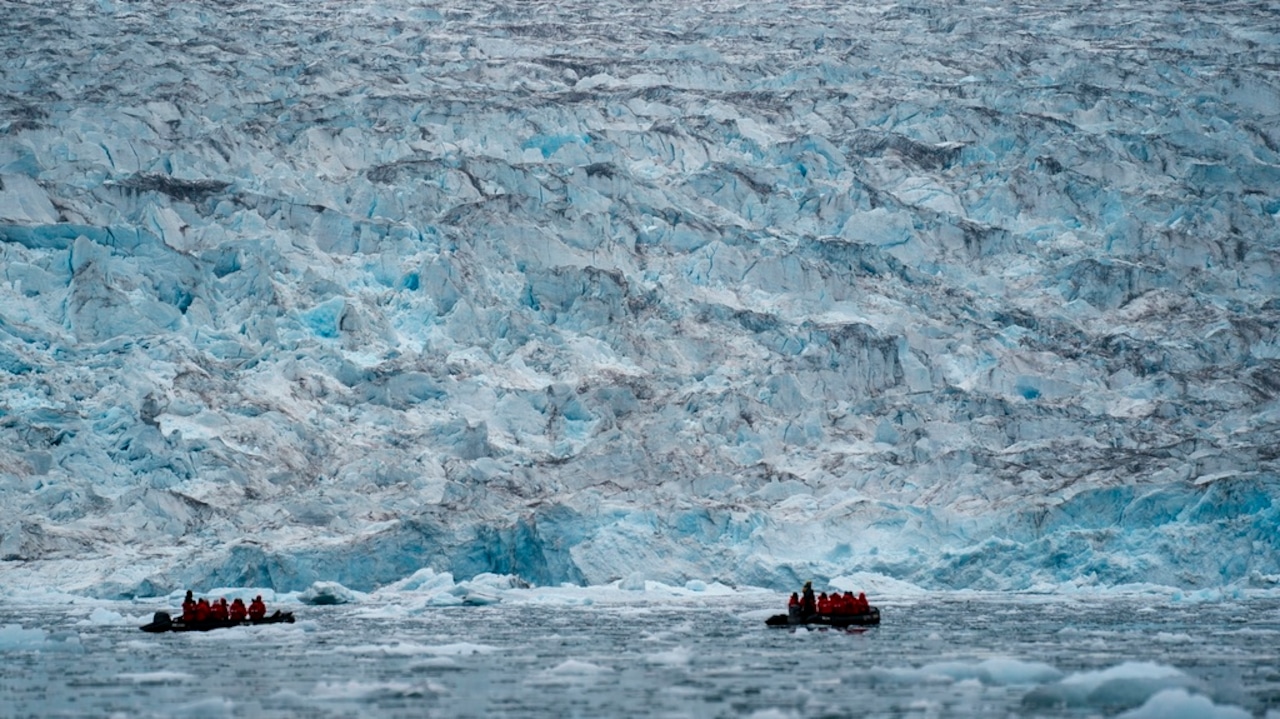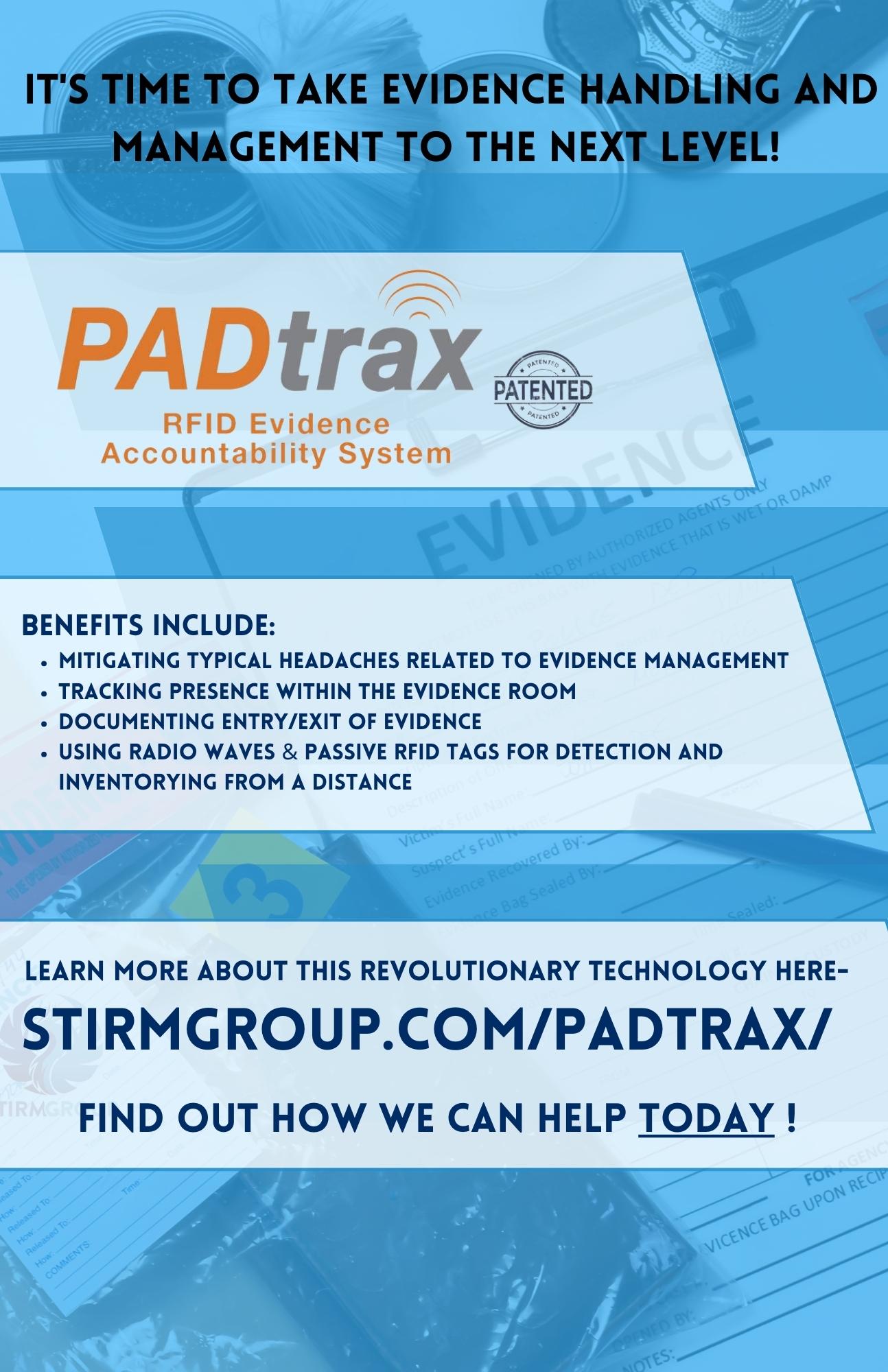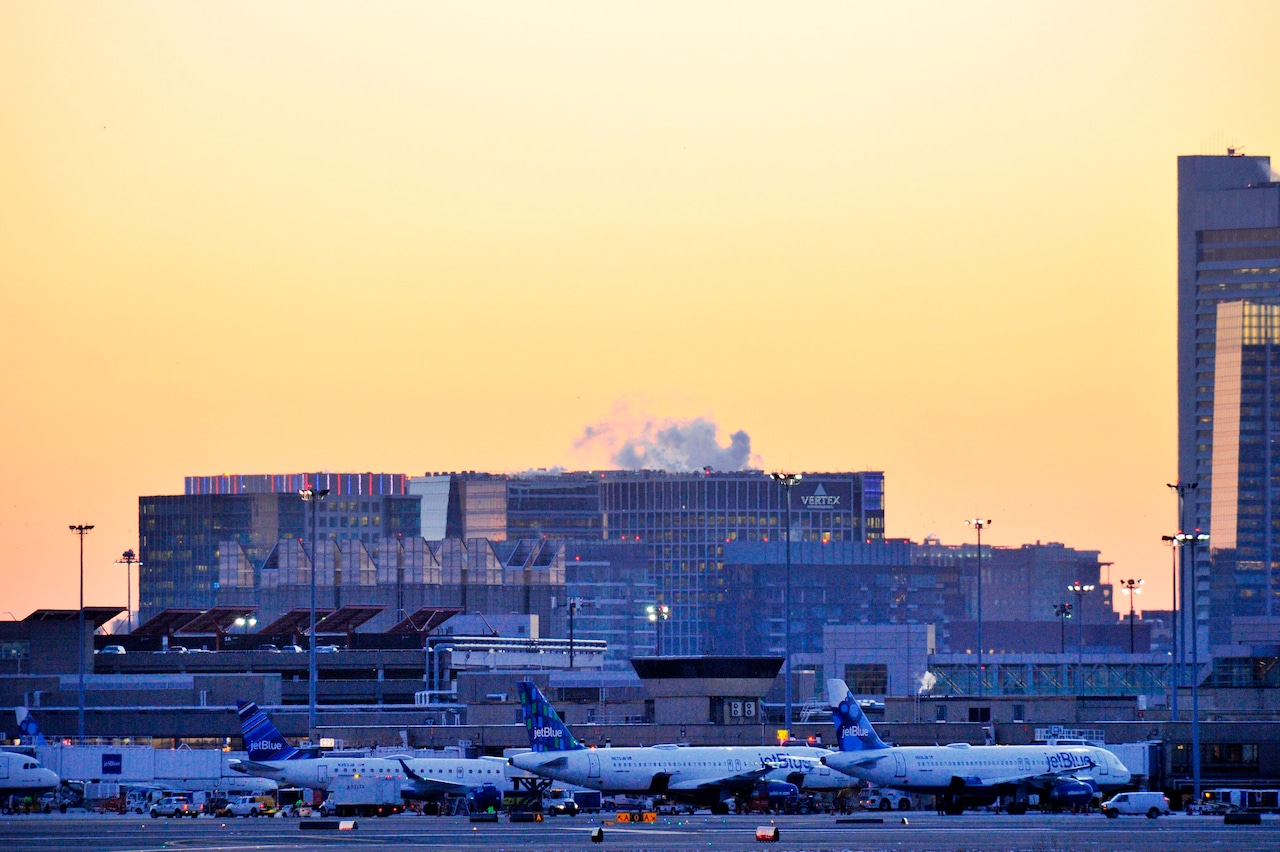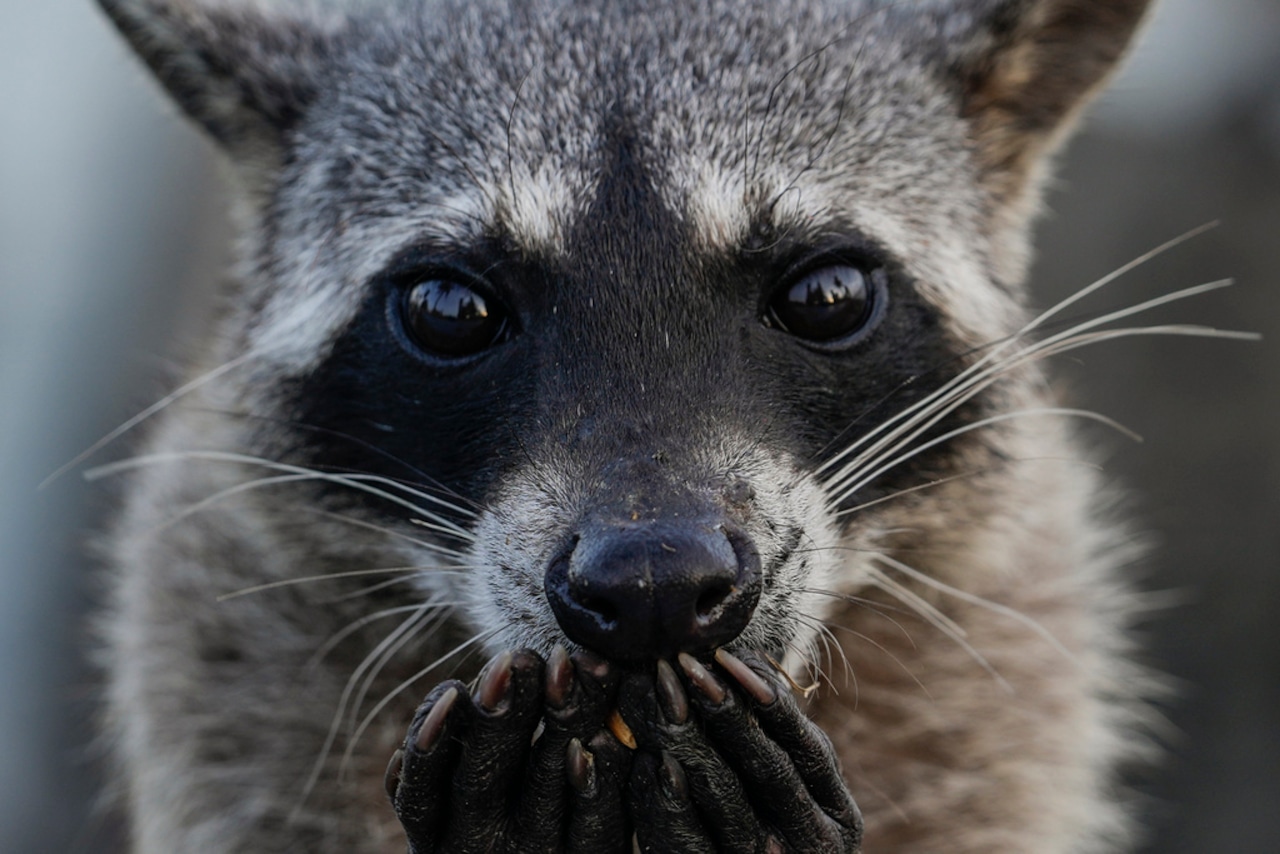
We often see photographs that show how glaciers have diminished in size over the last century. The recession of glaciers is a direct result of global warming, resulting from the burning of fossil fuel. But other parts of our frozen world are also changing—sea-ice, ice sheets, lake and river ice and permafrost. Collectively, these make up the cryosphere, and although we may not live near glaciers or ice sheets or sea-ice, and the ground under our feet may not be frozen, there are many reasons why we should pay attention to the rapidly diminishing cryosphere. The World Climate Research Programme in Geneva has established their International Office for Climate and the Cryosphere (CliC) at the University of Massachusetts, Amherst to do exactly that. With funding from NASA and the National Science Foundation, it is the responsibility of the CliC Office to coordinate research around the world on all aspects of the cryosphere.
Glaciers are receding in all mountain areas and the rate of loss has been accelerating in recent years. At the present rate of fossil fuel use, 50% of all glaciers in the world will be gone within the next couple of decades. This is a big problem for many reasons. Those who rely on meltwater from glaciers find that this essential water resource is declining and will soon no longer be available –for farming, domestic water supplies, irrigation, and hydroelectric power generation. In many high mountain areas, where glaciers have receded, they leave behind areas where deep lakes often form, dammed by unstable rocky debris. These dams periodically collapse, leading to a violent cascade of water sweeping down the valleys, leaving destruction and death in their wake. As glaciers melt, all of the water flows downstream and ends up in the ocean, contributing to a rise in sea-level. About 30% of the rise in sea-level over the last 50 years is due to the loss of glaciers in mountain areas, but this will soon be overtaken by water entering the oceans from the Antarctic and Greenland ice sheets. Compared to all the glaciers around the world, the total amount of ice in those two ice sheets is vastly greater, and so what happens to the climate in the polar regions is especially important to everyone who lives near the coast.
Unfortunately, global warming is not happening at the same rate everywhere. In fact, polar regions are warming 2-3 times faster than the earth as a whole. As a result, there is an increasing amount of ice being lost from those ice sheets, and consequently the rate of sealevel rise is accelerating. This is already causing local flooding in many coastal communities — often called “nuisance flooding” as though this is just a temporary inconvenience. Sadly, that is not the case as further sea-level rise is the most certain of all the expected consequences of global warming. In some coastal areas, home-owners are finding that insurance companies will no longer provide coverage or their rates have sky-rocketed. Elsewhere, insurance rates have risen across entire regions, even for those far from the coast, as companies attempt to spread their risk exposure.






